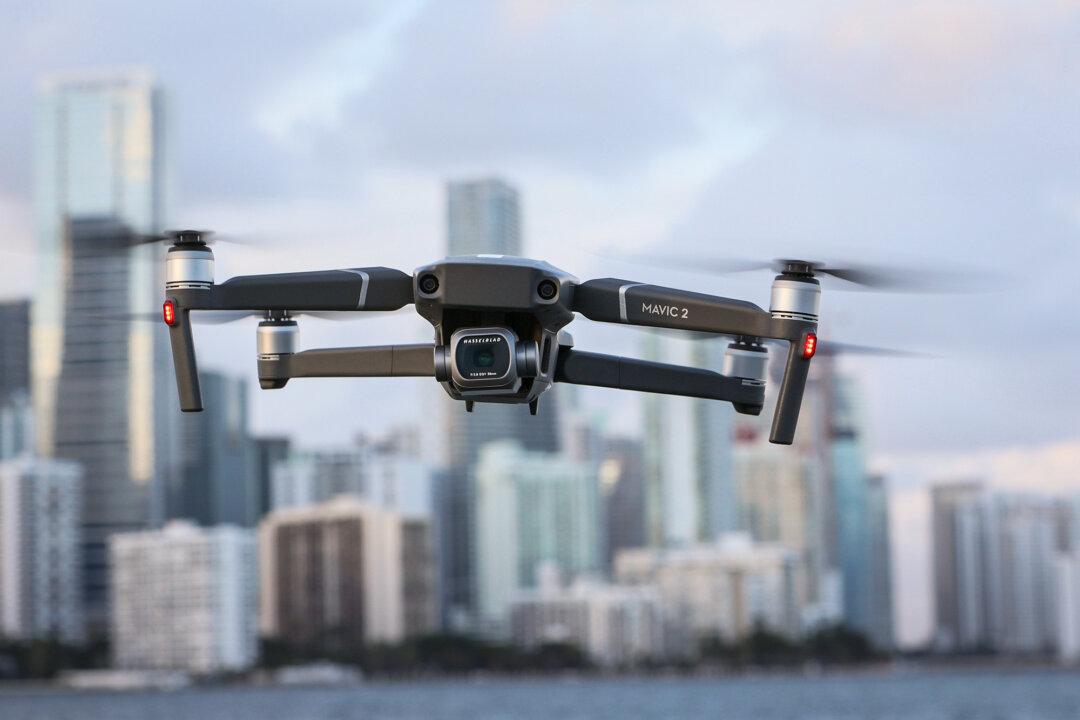Concerns about U.S. security are intensifying, experts say, in the wake of changes recently enacted by the world’s predominant drone company—based in China.
“The fact that these drones will now be allowed to be flown freely—without any sort of built-in restrictions—in the national airspace is absolutely a cause of concern,” Gabriel Garcia, technical director for SPS Aerial Remote Sensing, a Texas company specializing in counter-drone technology, told The Epoch Times.





